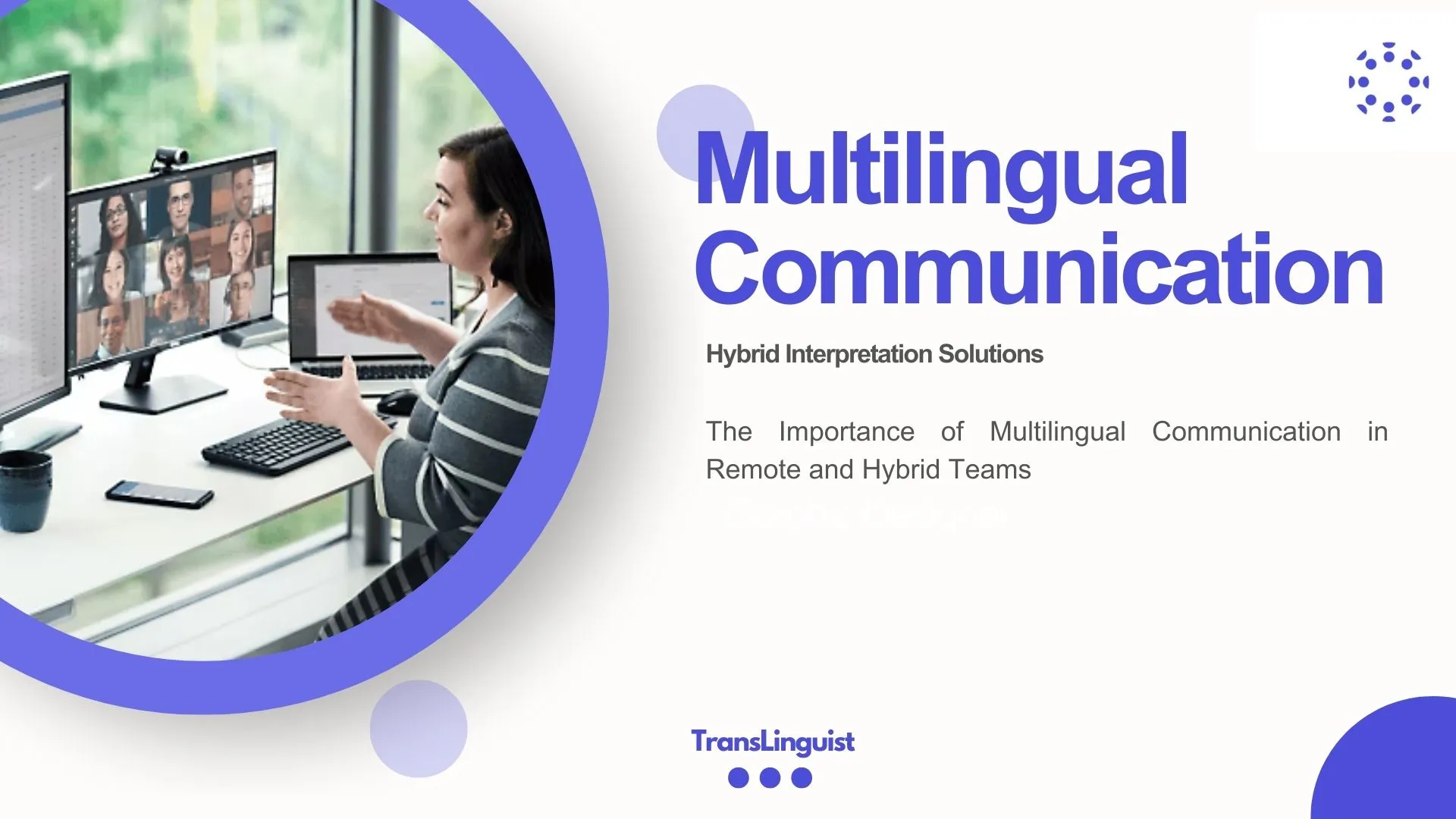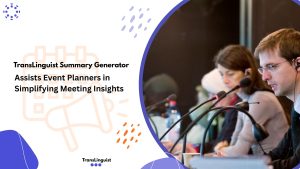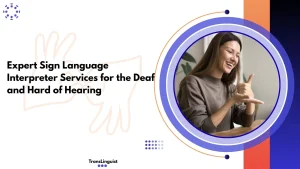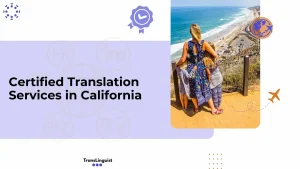Let’s be honest—remote and hybrid work didn’t just change where we work. It changed how we connect.
Sure, tools like video calls, chat apps, and shared boards have made it easier to keep things moving. But they’ve also made something else impossible to miss—language doesn’t always keep up.
And I’m not only talking about English versus Spanish versus Mandarin. I mean the other stuff. The throwaway phrases that make perfect sense to one person but sound strange to another. The little cultural references. The kind of meaning that’s between the lines, not in the words.
In an office, you can just swing by someone’s desk and sort it out in thirty seconds. In a team spread over three continents? That “quick” chat can drag on for hours—or days. And if what you wrote isn’t totally clear in someone’s first language, it’s like adding extra traffic lights to the conversation.
That’s where Hybrid Interpretation Solutions make a real difference. They slip into the background and make it possible for people to talk, understand, and really connect—without slowing everything down.
Why Language Matters More in Hybrid Teams
Working with people around the world is great, but it’s also a puzzle.
You might have someone in São Paulo, someone in Berlin, and another person in Nairobi on the same call. They all speak English, sure—but how comfortable they feel speaking it can be a whole different story. And when someone isn’t sure they’ll be understood, they tend to stay quiet.
That’s not just a couple of missed words—it’s ideas that never make it to the table. It’s a collaboration that never happens.
Hybrid Interpretation Solutions help fix that. They let everyone talk in the language they’re most at ease with—through live interpreters, captions, or both—so no one has to choose between speaking up and staying safe.
The Real Impact: A Story from the Field
A renewable energy company I worked with had teams in six countries. Their weekly strategy call? Always in English. The German and Danish teams contributed a lot. The Brazilian team? Not as much.
It wasn’t about skill or knowledge—it was about language.
When they added a hybrid interpretation setup—live interpreters for those who wanted them, AI captions for quick reference—the change was instant. Suddenly, engineers in Brazil were pitching ideas. The Kenyan team shared insights from local fieldwork. Meetings became actual collaboration, not just polite listening.
What Makes Hybrid Interpretation Different
You might be thinking—“Why not just use translators?”
Here’s the thing: traditional interpretation is usually all or nothing—either the whole meeting has an interpreter or it doesn’t. Hybrid Interpretation Solutions are more flexible.
- Live interpreters for high-stakes moments – negotiations, sensitive topics, strategic planning.
- AI-powered captions and translation for speed – brainstorming, status updates, informal chats.
- On-demand switching – participants choose what they need, when they need it, without slowing the meeting down.
It’s about choice—and choice builds comfort.
Breaking Down Barriers Without Breaking the Flow
Hybrid work is already a juggling act—tech issues, time zones, different working styles. The last thing you want is interpretation slowing the conversation or making it awkward.
The beauty of Hybrid Interpretation Solutions is how seamless they’ve become. Many now integrate directly into the tools teams already use—Zoom, Teams, Slack—so nobody has to jump between apps or wait for a “translated version” later.
The result? Conversations feel natural, even when half the people are listening in another language.
It’s Not Just About Understanding—It’s About Belonging
Here’s the part that often gets overlooked:
Language isn’t only about exchanging information. It’s about being seen.
When someone hears their own language in a meeting—whether spoken by a human interpreter or appearing as captions—it sends a message: You matter here. Your voice counts.
That’s powerful. And in hybrid teams, where it’s easy to feel invisible, it can make all the difference.
Final Thought: The Future of Hybrid Teams Speaks Every Language
Hybrid Interpretation Solutions aren’t just a convenience—they’re a cultural investment. They turn “global” from a buzzword into a reality. They make sure ideas don’t get lost in translation—literally.
So if you want your remote or hybrid team to truly collaborate, ask yourself:
- Can everyone contribute equally in every meeting?
- Are language barriers slowing decisions—or silencing voices?
- Is your communication setup built for understanding or just broadcasting?
Because in a team that speaks many languages, the right interpretation tools don’t just help people work better. They help them work together.
FAQs
What is multilingual communication?
It's the practice of clearly sharing information across different languages, focusing not just on translation but on ensuring true understanding and cultural connection.
What are the challenges of communicating in a multilingual workplace?
Key challenges include misunderstandings due to cultural nuances, feelings of exclusion among non-fluent speakers, and slower workflow efficiency due to language barriers.
Which strategy is recommended for effective communication in a remote work environment?
Use clear, concise language supported by visual aids (like slides or shared documents) and choose communication channels mindfully—video calls for complex discussions and chats for quick updates.
What is the best strategy for supporting a multilingual workplace?
Provide professional language support like translation and interpretation services, while building an inclusive culture that encourages clarity, patience, and respect for all languages.



